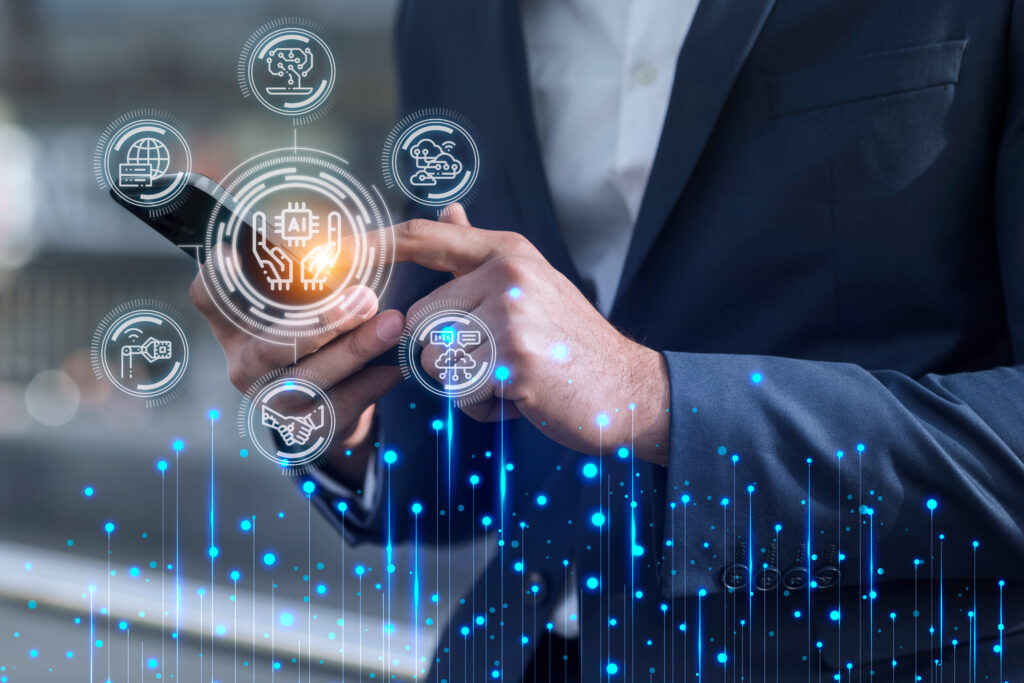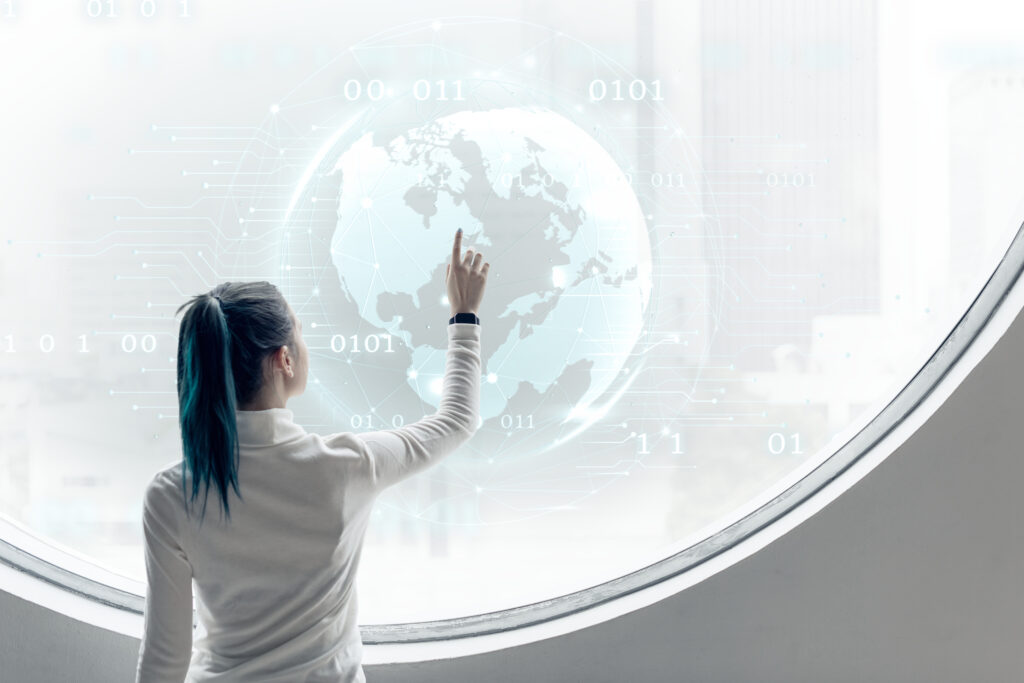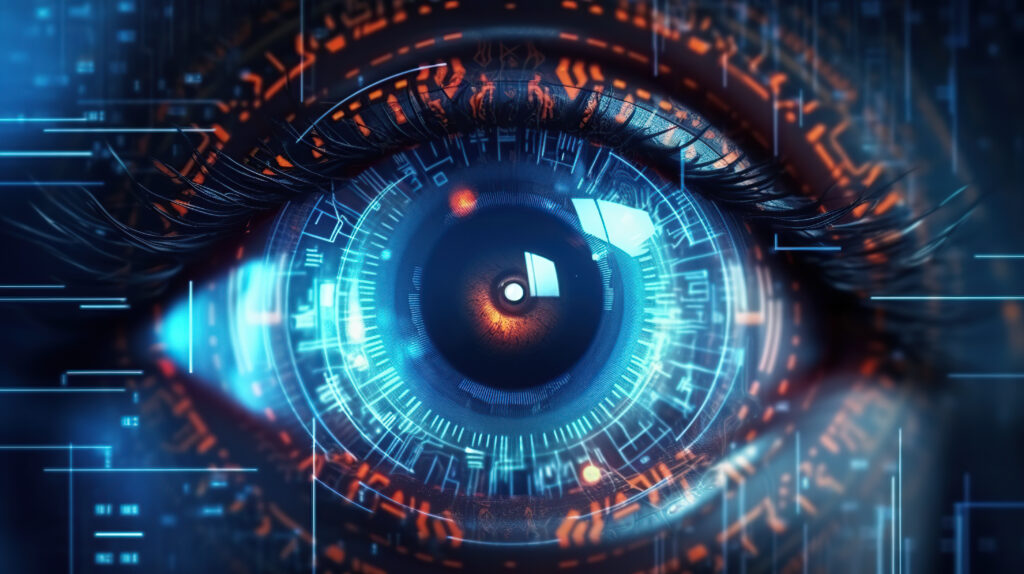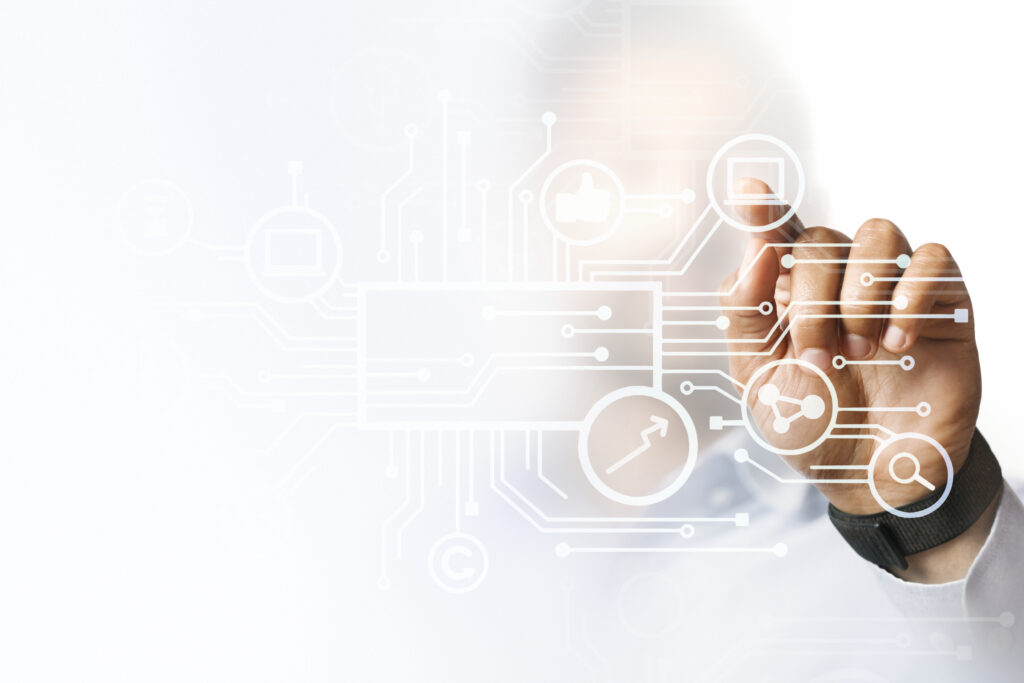AI-Powered Digital Art: Top Software
In recent years, the field of digital art has witnessed a remarkable transformation, mainly due to the integration of artificial intelligence. Top digital art software powered by AI, such as Adobe Photoshop’s neural filters or the generative capabilities of DeepArt, are redefining the boundaries of creativity and efficiency. These tools enhance the artist’s ability to manipulate and refine images and introduce novel methods of conceptualizing and realizing art.
By employing sophisticated algorithms and learning models, AI assists in materializing intricate designs that might elude even the most skilled human hand. As we consider AI’s impact on artistry and its potential for future developments, one cannot help but ponder the implications of this technological synergy. Will AI be a mere instrument, or could it emerge as an autonomous creator, challenging our definition of art?
To fully grasp the scope of AI’s role in the evolution of digital art, we must examine the capabilities and innovations presented by the leading software in this rapidly advancing domain.
Key Takeaways
- AI-powered digital art software democratizes art creation by offering practical functions and making it accessible.
- AI algorithms in digital art software can learn from user preferences and improve over time, enhancing productivity and workflow efficiency.
- AI-generated designs can be customized, personalized, and used in various industries, challenging traditional notions of artistic creation.
- Integrating AI and virtual reality can revolutionize digital art experiences and open up new possibilities for collaboration.
Revolutionizing Creativity With AI

As artificial intelligence continues to advance, AI-powered digital art software is revolutionizing the creative landscape by enabling the rapid generation of diverse artistic expressions with unprecedented efficiency and scalability. AI art generators, leveraging sophisticated machine learning algorithms and neural networks, are at the forefront of this creative upheaval. By analyzing vast datasets of image-text pairs, these tools gain the ability to synthesize and reimagine art forms in ways that push the boundaries of traditional artistry.
AI art generation tools, such as DALL·E 2 and VQGAN-CLIP, utilize generative AI to produce various visual media, from intricate digital paintings to complex 3D renderings. This productive capability is not confined to the visual arts alone; it extends to music, collages, and other mediums, showcasing the versatility of AI in art creation. The AI model within these platforms uses artificial intelligence to interpret prompts, generating unique outputs that can serve practical functions, including logo design and marketing material creation.
The rise of AI Image Generators signifies a pivotal shift in art production. They democratize the ability to create art, offering professionals and novices the tools to manifest ideas quickly and cost-effectively. This paradigm shift promises to continue shaping the future of art, design, and creative expression.
Top AI-Driven Painting Tools

Building on the transformative impact of AI on the creative process, several top-tier AI-driven painting tools have emerged as leaders in the digital art software arena. These AI art generators, leveraging diffusion models and Generative Adversarial Networks (GANs), have shifted the paradigm of digital art creation.
Software like DALL·E 2 and Prodia exemplify the powerful AI art generator category, adept at generating images from complex text prompts. Their capacity to understand and visualize concepts has been honed through extensive training on vast datasets of image-text pairs.
Further enhancing the accessibility of art creation, art generator apps such as StarryAI and Bing Image Creator allow artists to create unique digital art pieces with intuitive interfaces that harness machine learning algorithms. These tools integrate seamlessly with various platforms, as seen with the Slack + OpenAI integration, which enables users to generate artwork directly within Slack channels.
For those focusing on image editing and refinement, software like PlayArti and Clipstudio provides advanced features that complement the generative capabilities of AI engines. The AI Art Apps Database is a comprehensive resource for exploring the vast options.
These tools represent a cutting-edge suite for artists seeking to generate unique, AI-driven artworks.
Transformative AI Sketching Software

How is transformative AI sketching software redefining the landscape of digital art through its advanced algorithms and rapid processing capabilities?
AI art generators, such as Stable Diffusion and Dream Generator, are significant players in this arena. They utilize neural networks, including Adversarial Networks (GANs), to interpret artistic prompts and convert simple sketches into detailed masterpieces. These tools testify to the incredible synergy between artistic creativity and AI models.
With AI image generation, creatives can generate unique art at an unprecedented pace, bypassing traditional time-consuming methods. The customization options embedded within these AI drawing tools allow for a high degree of control over style, quality, and intricacies, catering to diverse aesthetic preferences. The value is particularly notable for those seeking to create unique art without investing in extensive manual labor or those needing more technical skills.
Moreover, the swift processing power of transformative AI sketching software is revolutionizing the creative workflow, enabling artists and designers to iterate rapidly and refine concepts almost instantaneously. As a result, the digital art landscape is witnessing a surge in productivity and innovation as these advanced tools democratize the ability to produce high-grade artwork without traditional barriers.
AI Software for Photorealistic Art

Moving beyond essential sketch transformation, AI software for photorealistic art sets a new benchmark by creating images virtually indistinguishable from photographs. These AI art generators harness the capabilities of neural networks and machine learning, analyzing vast datasets of image-text pairs to produce compelling visual narratives. They generate high-quality images by employing advanced AI models, such as diffusion models like Stable Diffusion and DALL·E 2, which meticulously edit patterns of noise to align with user inputs, and Generative Adversarial Networks (GANs) including VQGAN-CLIP and BigGAN.
AI tools such as DALL·E, Prodia, and StarryAI exemplify the powerful AI driving the creation of realistic images through art generators that allow users to issue simple text prompts. The subtlety of the resulting artworks is a testament to the sophisticated algorithms capable of rendering realistic textures, shadows, and intricate details.
These AI-powered platforms are revolutionizing fields from marketing to game design by generating digital artwork that meets the growing demand for high-fidelity visual content. Consequently, artists and creators are empowered to visualize concepts with unprecedented speed and ease, pushing the boundaries of creative expression.
Advancing Art With Machine Learning

Integrating machine learning algorithms within digital art software is revolutionizing how artists and designers create, allowing for unprecedented detail and creativity in their work. AI art generators are at the forefront of this shift, utilizing AI models to interpret text and image prompts, thereby enabling the creation of intricate digital artwork. These tools enhance the artistic process and make it more accessible.
Machine learning’s ability to generate high-quality images based on complex instructions has led to a surge in the use of AI in creating digital content. AI tools like diffusion models and GANs produce various outputs, from music and collages to 3D renderings. This versatility saves significant time and resources, making it an invaluable asset to the industry.
| AI Model Type | Functions | Example AI Tools |
|---|---|---|
| Diffusion Models | Generate images from prompts | Stable Diffusion, DALL·E 2 |
| GANs | Create various art mediums | VQGAN-CLIP, BigGAN |
| AI Generators | Produce logos, flyers, etc. | Prodia, StarryAI, Leap AI |
Using AI within digital art software is not just a trend; it is a robust advancement reshaping the landscape of visual creativity. It illustrates the profound impact machine learning has on the arts, fostering an era of innovation and expanded artistic possibilities.
FAQs
In what ways does Artbreeder utilize AI for digital art creation?
Artbreeder uses GAN technology to allow users to blend and manipulate images, creating unique and customizable artworks. It leverages AI to explore a vast creative space of visual possibilities.
How does RunwayML empower artists with AI capabilities?
RunwayML is a toolkit that enables artists to integrate machine learning models into their creative workflows. It supports various models, including GANs and style transfer networks, for generating AI-driven art.
Can Deep Dream Generator be used for AI-enhanced digital art creation?
Yes, Deep Dream Generator uses neural networks to enhance and modify images with dreamlike visual effects. Artists can apply AI-powered filters to transform their digital artworks in unique and surreal ways.
What is DALL-E, and how does it contribute to AI-driven digital art?
DALL-E, developed by OpenAI, is a GAN-based model that generates unique images based on textual prompts. It allows artists to input descriptive text and receive AI-generated visuals, expanding creative possibilities.
Are there other digital art software tools incorporating AI for various creative purposes?
Yes, several other tools are incorporating AI for creative purposes. These include Artbreeder for image blending, DeepArt.io for style transfer, and various plugins and filters that use AI algorithms for digital art enhancement.